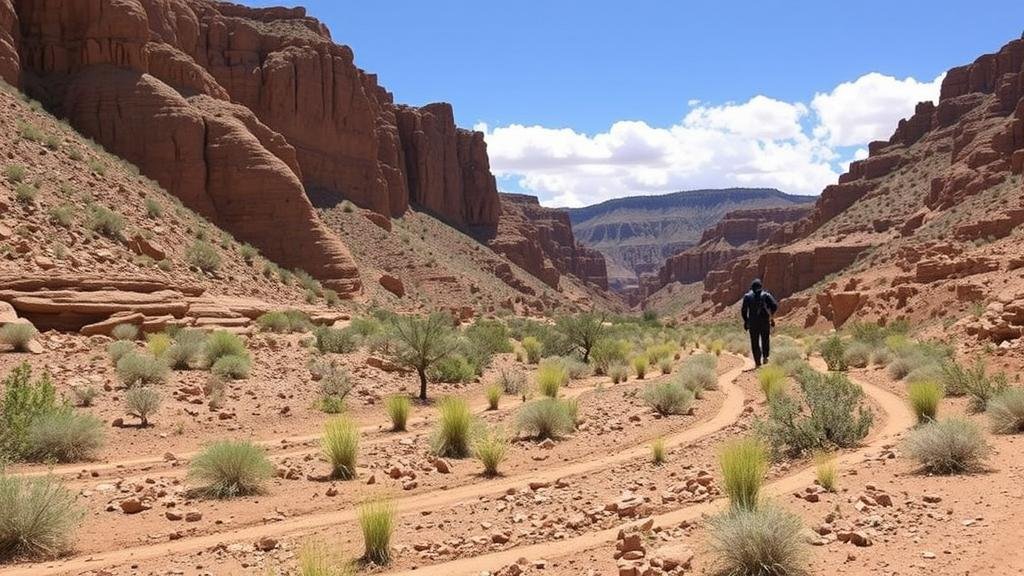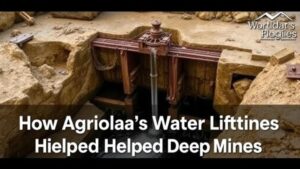How the Rich Placers of Mule Creek in Southwest New Mexico Were Worked
How the Rich Placers of Mule Creek in Southwest New Mexico Were Worked
The Mule Creek area in Southwest New Mexico gained historical significance during the late 19th century due to its rich deposits of placer gold. This article delves into the methods used to work these valuable resources, examining the technology, labor dynamics, and impact on local communities. Understanding these principles is crucial for appreciating the broader narrative of American mining history.
The Discovery of Gold
The origins of placer gold mining in Mule Creek can be traced back to its initial discovery in the early 1850s. Gold was found in the gravels of Mule Creek, prompting a rush of prospectors and miners to the area. This influx significantly changed the demographic and economic landscape of Southwest New Mexico.
Mining Techniques
Various techniques were employed to extract gold from the rich placer deposits of Mule Creek. The methods evolved over time, dictated by advances in technology and changes in the availability of resources.
- Panning: One of the simplest methods involved using a pan to swirl water and sediment, allowing gold to settle at the bottom. This technique was accessible to novice miners and was often the first step in exploring the area.
- Rockers and Long Toms: As operations expanded, more sophisticated equipment was introduced. Rockers allowed miners to process larger amounts of sediment by utilizing a series of riffles that trapped gold. Long Toms, which are elongated sluice boxes, provided further efficiency by increasing the water flow and separating fine materials.
- Hydraulic Mining: A significant advancement came with hydraulic mining, where high-pressure water jets were used to wash away entire hillsides to expose the underlying gold deposits. But, environmental consequences soon drew criticism and regulation, leading to a swift decline in this practice.
The Labor Force
The labor force involved in placer mining at Mule Creek comprised a mix of local residents, itinerant miners, and specialized labor. Many miners were drawn by the prospect of quick riches, but the reality often included challenging living conditions and hard labor.
According to historical records, estimates suggest that thousands of miners flocked to the area during peak seasons. The transient nature of the workforce created a volatile economy, heavily reliant on the fluctuating gold market.
Community and Economic Impact
The mining boom transformed Mule Creek into a hub of activity. New settlements sprang up to accommodate the growing population of miners and their families. This surge led to the development of infrastructure, including roads, shops, and schools, fostering a sense of community.
But, the emergence of mining culture also bore challenges. Conflicts over land rights, water access, and labor disputes arose, reflecting a typical boomtown scenario. Also, the eventual decline in gold output forced many miners to seek opportunities elsewhere, leading to a population exodus that left many establishments in disrepair.
Environmental Considerations
The environmental impact of placer mining in Mule Creek cannot be overlooked. The methods employed, especially hydraulic mining, introduced substantial debris and sediment into the local waterways, disrupting ecosystems. Studies indicate that regions subjected to intensive mining experienced long-term alterations in habitat quality.
Conclusion
The placer gold mining of Mule Creek serves as a compelling case study of the intersection between resource extraction and community formation in the American West. As techniques evolved and the industry adapted to various challenges, the legacy of Mule Creek remains an essential chapter in the broader narrative of mining history.
In summary, while placer mining offered economic opportunities and prosperity for some, it also brought forward ecological concerns and community challenges. Today, the lessons learned from these historical practices can inform contemporary mining operations and their sustainability.
For those interested in exploring this topic further, visiting the remnants of Mule Creek offers a tangible connection to this rich historical period.



